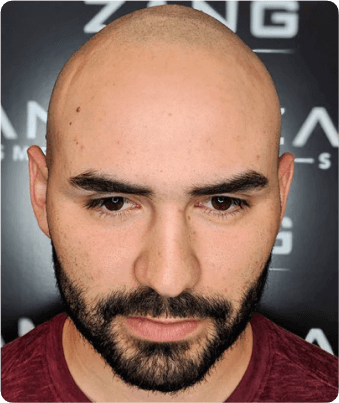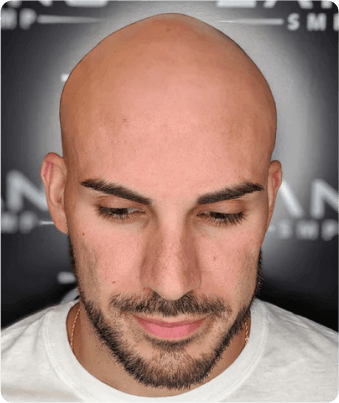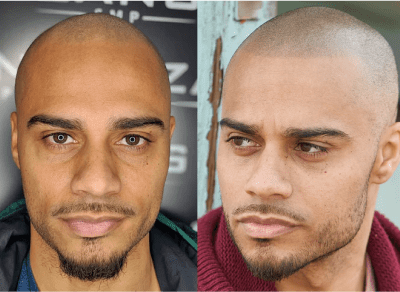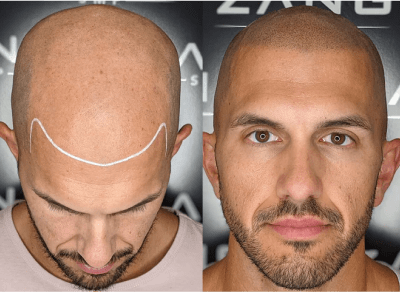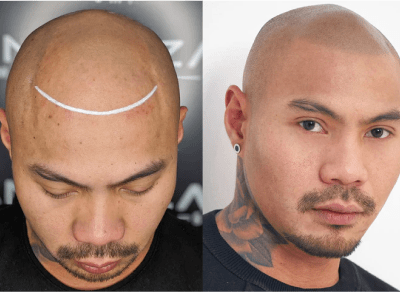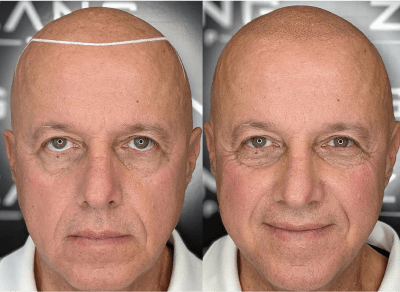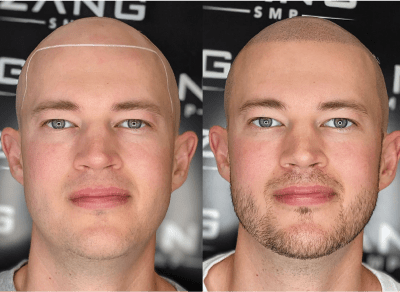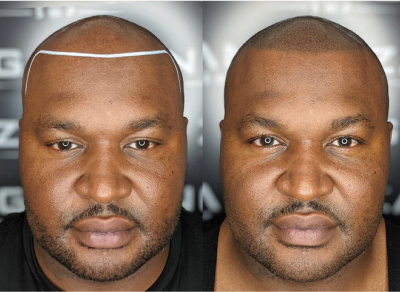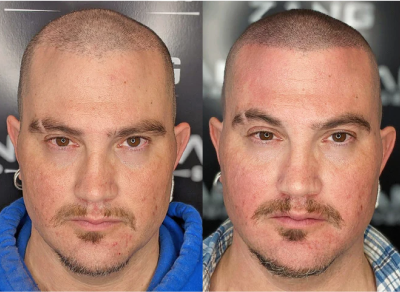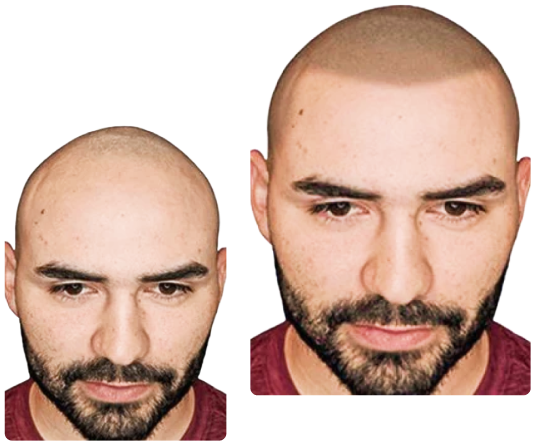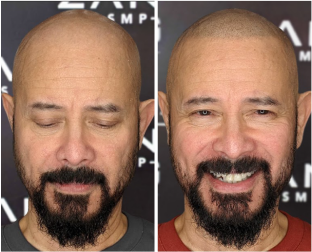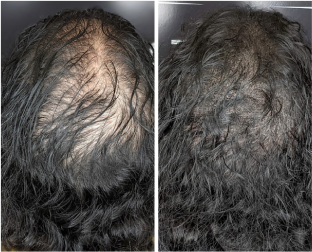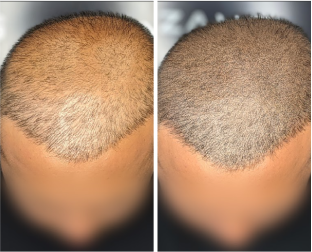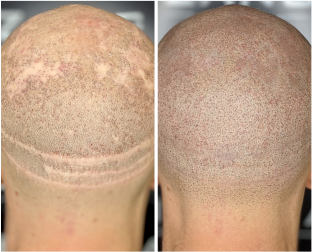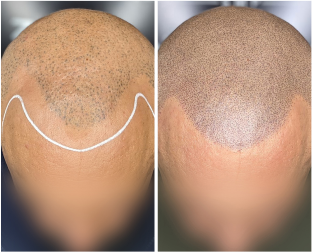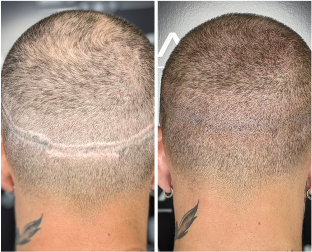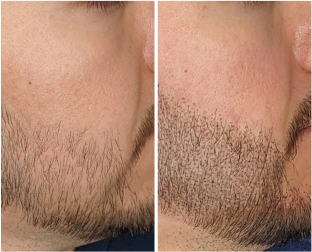How is Male Pattern Baldness Diagnosed in Tustin and How Does it Influence Hair Loss?
Male pattern baldness is characterized by a specific pattern of hair loss, usually affecting the hairline and crown. Genetics and hormonal imbalances are important factors in this condition and similar hair issues.
Stages of Male Pattern Baldness
Hair loss specialists in Tustin utilize the Hamilton-Norwood scale to assess various stages of hair loss. Stage 1 shows minimal loss, and stage 7 represents total baldness on the top of the head. Patients with Norwood 1 to 3 hair loss often have mild to moderate hairline recession.
Those with Norwood stages 4 to 5 usually present with severe hair loss in the frontal area and significant thinning at the crown. Norwood 6 to 7 indicates almost complete or total hair loss on the top of the scalp.
Uncommon male pattern baldness patterns are diffuse thinning of the entire scalp with no hairline recession, or hair loss confined to the crown area without a receding hairline.
Treatment For Male Pattern Hair Loss in Tustin: Scalp Micropigmentation
Scalp Micropigmentation (SMP) is a non-invasive procedure for male-pattern baldness that uses tattoos on the scalp to mimic hair follicles. This technique creates the illusion of a full head of hair and can be effective for all stages of hair loss.
Unlike hair transplantation, which uses a limited amount of donor hair grafts for scalp coverage, SMP can stimulate hair growth and achieve unlimited hair density immediately with no downtime.
Zang SMP employs plant-based, organic pigments inserted into the scalp to mimic natural hair follicles, creating a dramatic change. Instead of a bald look, the SMP treatment in Tustin provides the appearance of a short, buzzed hairstyle.
Obtain your desired look without surgery or painful procedures. SMP for men is a solution to enhance the appearance of baldness. If you're dealing with unwanted baldness, our SMP treatment can help you achieve the hairstyle you want.
For male-pattern hair loss, SMP generally requires two to three sessions. The first two sessions are spaced one week apart, with a possible third session arranged within 1 to 3 months if necessary.

